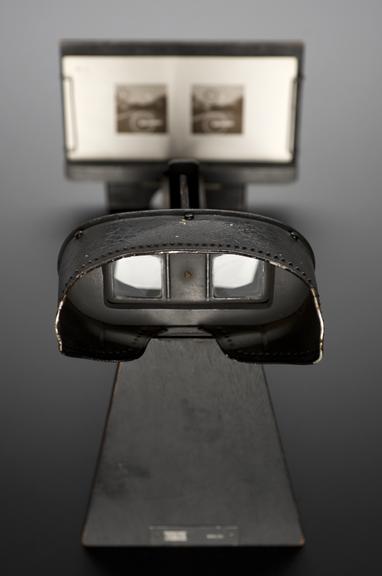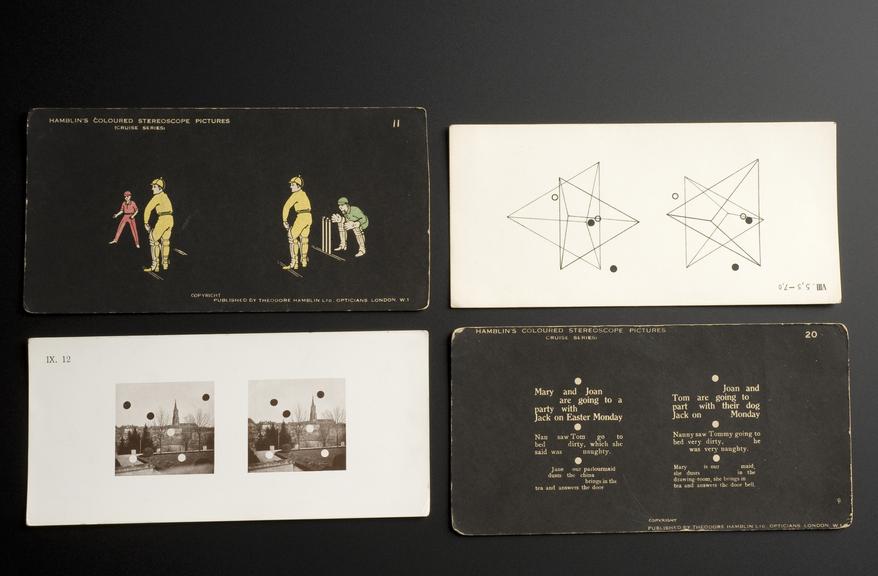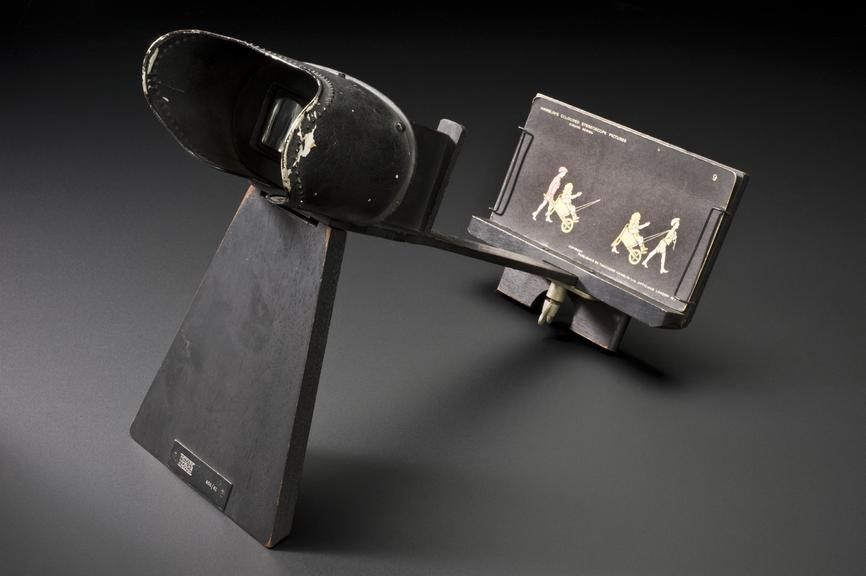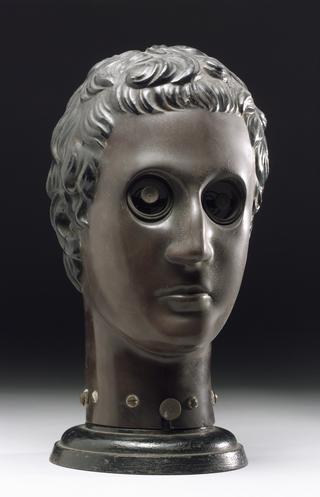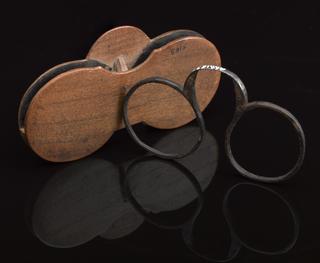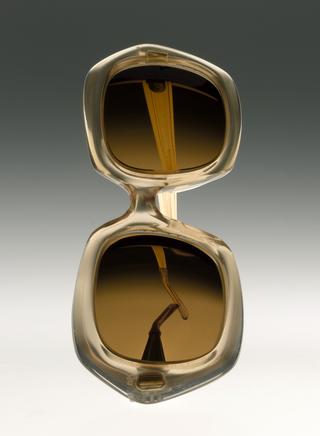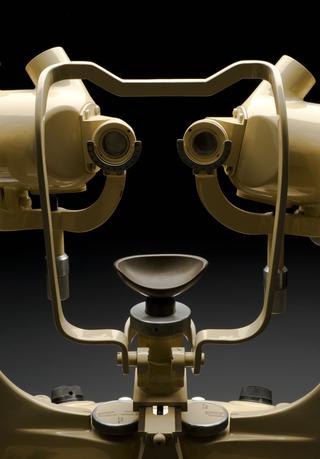Variety of picture cards for stereoscope, London, England, 1925-1940
Stereoscopes enabled the viewer to see a 3D image through the viewfinder. This optical illusion was created by placing two slides of the same subject, drawn from different viewpoints, in the holder. The two images merge to form a 3D view. The cards show geometric shapes and images of people playing sports such as cricket.
Stereoscopes were handheld devices invented in the Victorian era. They were extremely popular from 1860-1920. They were almost as common in American and European households as the television is today. Their scientific use was to diagnose sight problems. The picture cards are seen with the Whittington stereoscope (A657813). It helped diagnose sight problems and test the vision of both eyes working together (binocular vision). Both were manufactured by opticians Theodore Hamblin Limited.
- Measurements:
-
overall: 90 mm x 200 mm x 115 mm,
- Materials:
- paper
- Object Number:
- A657813 Pt1
- type:
- stereoscope picture
- Image ©
- The Board of Trustees of the Science Museum



